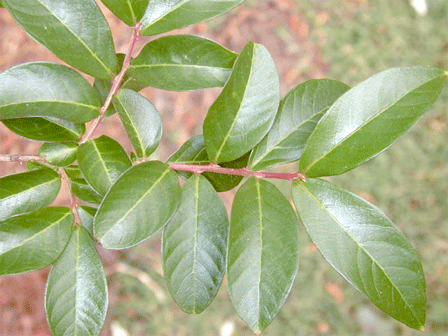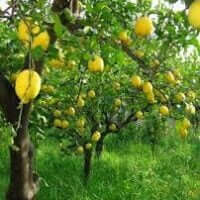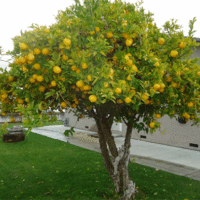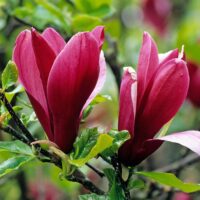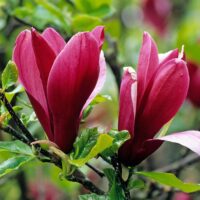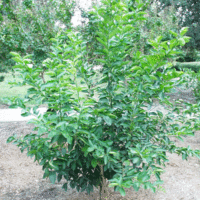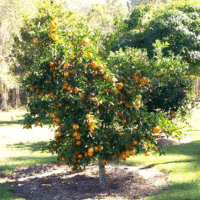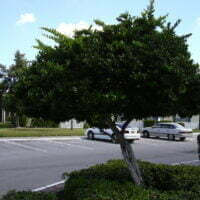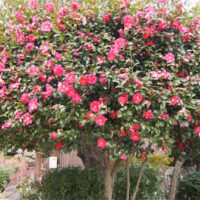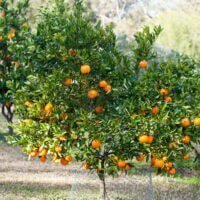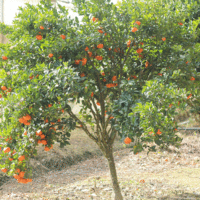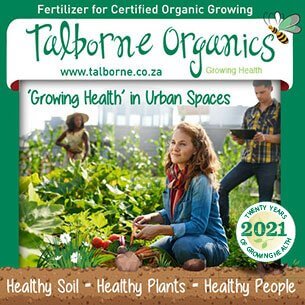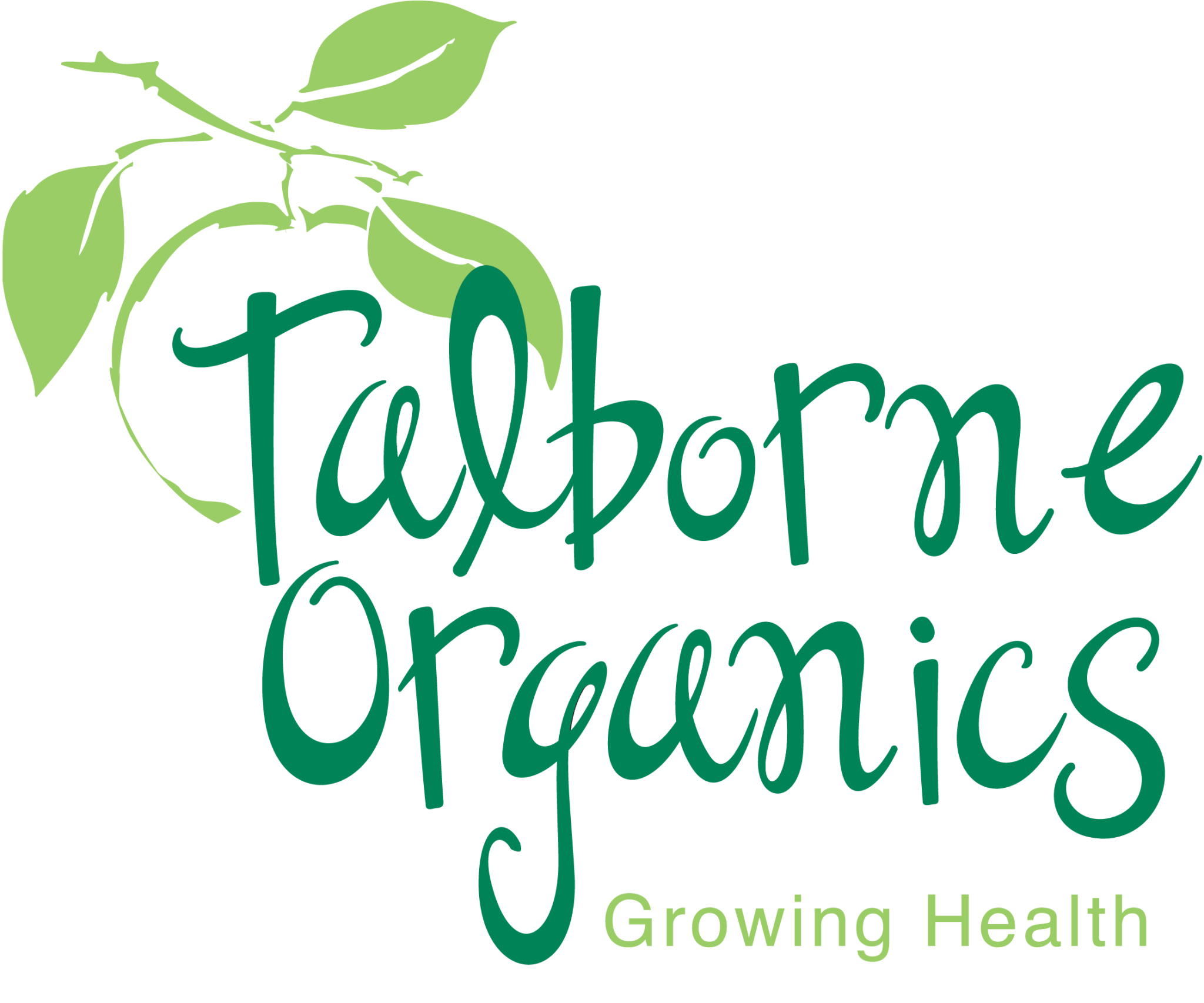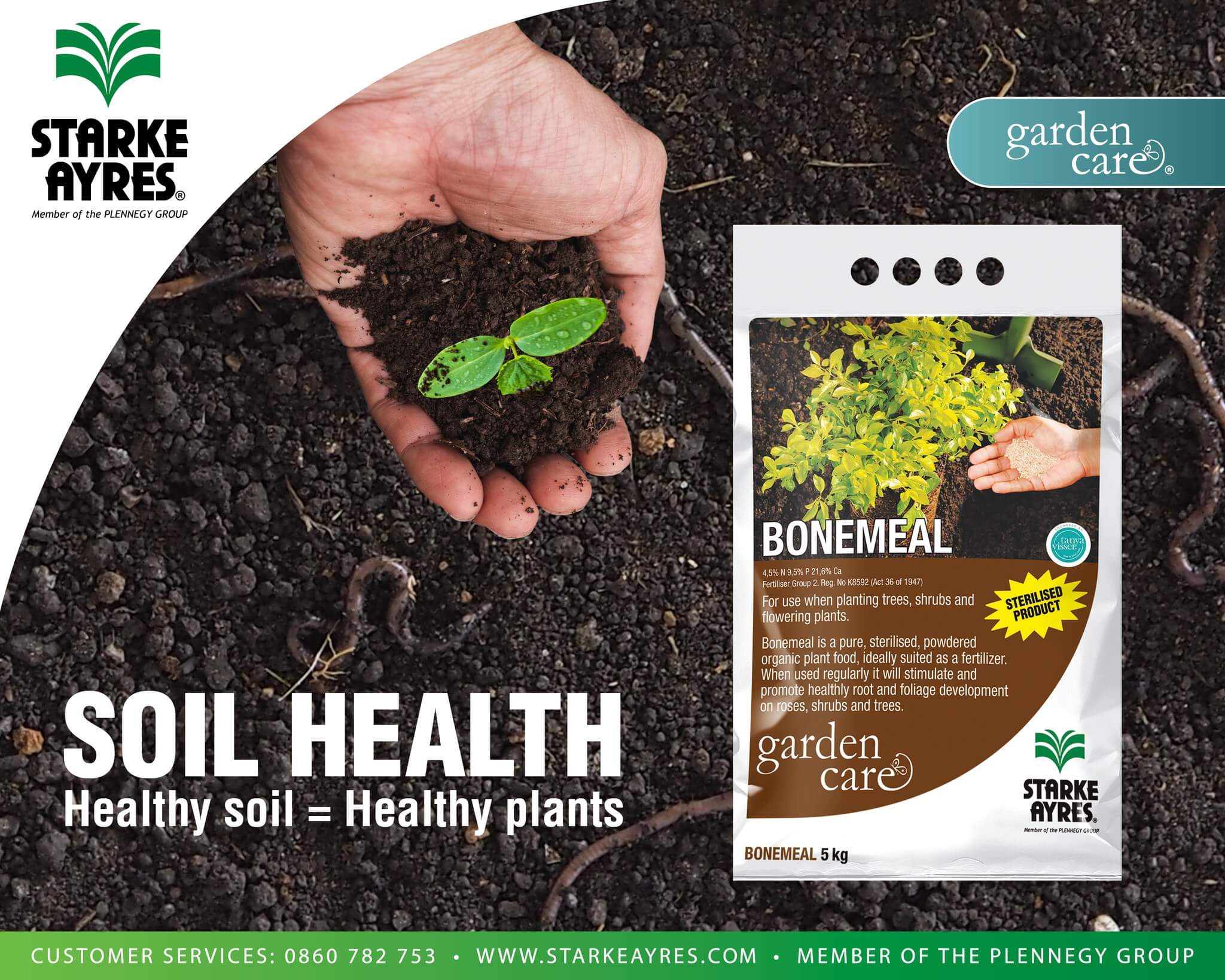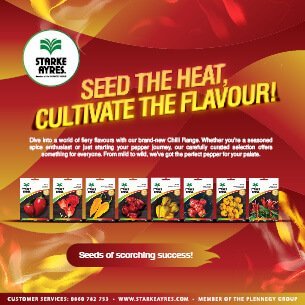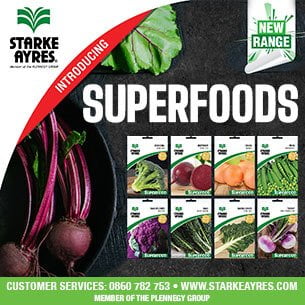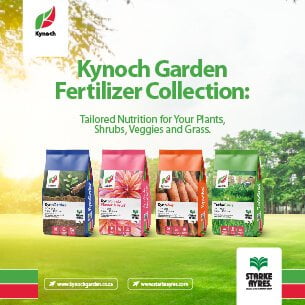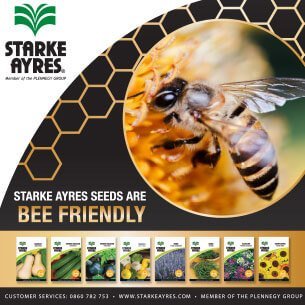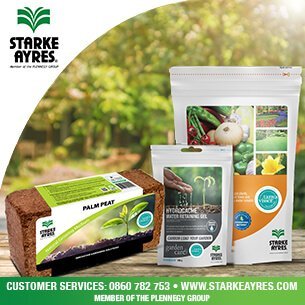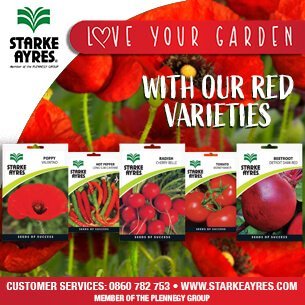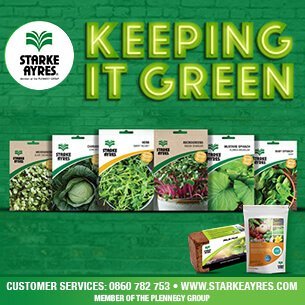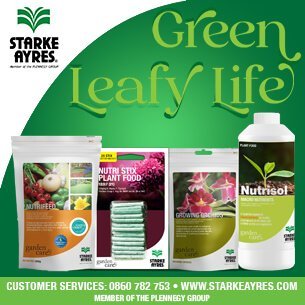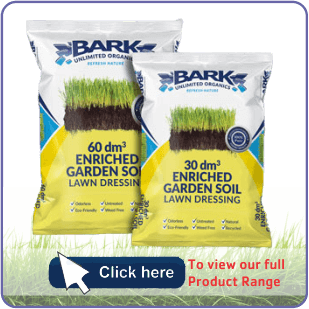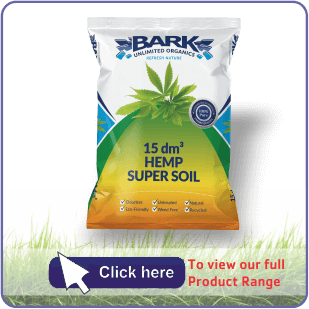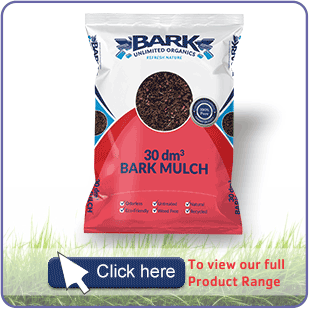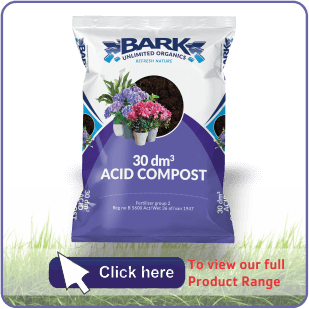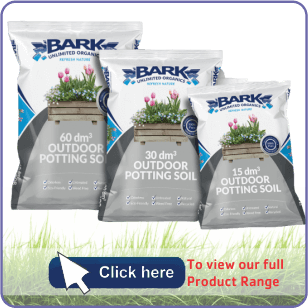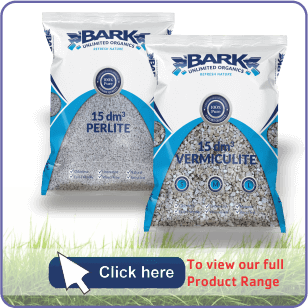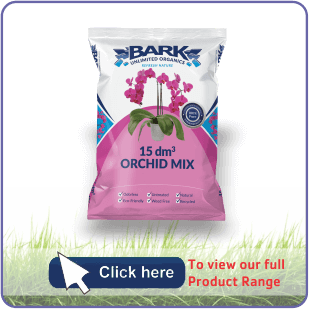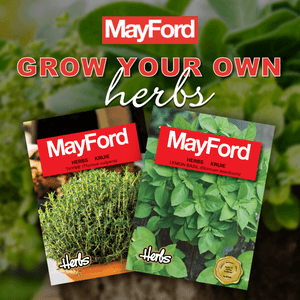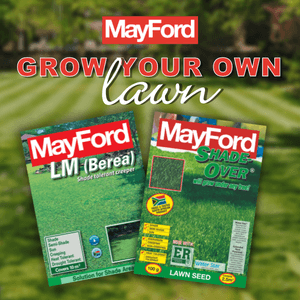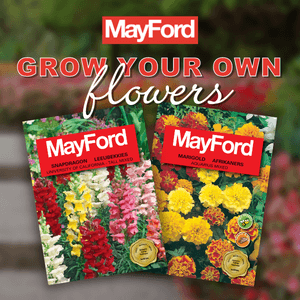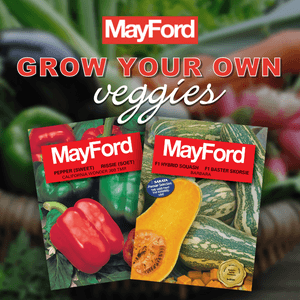| Botanical name | Lagerstroemia species |
|---|---|
| Plant Care |  Deciduous Deciduous – Sheds Its Leaves Annually  Full Sun Full Sun – Prefers 6 or more hours of sun per day.  Semi Frost Hardy Semi Frost Hardy – Is Able to Survive Moderately Low Temperatures.  Moderate Watering Moderate Watering – Requires Regular Watering.  Low Maintenance Low Maintenance – Requires little maintenance.  Non Indigenous Non Indigenous – Exotic to South Africa. |
| Categories | |
| Flowers | It bears panicles of flowers with crinkled petals and a crape-like texture in diffirent shades of pink, mauve, and white. |
| Common name(s) | Crape Myrtle |
| Origin | |
| Foliage | These trees have simple, opposite foliage. |
| Soil conditions | Well drained , Tolerates a variety of soil types |
| Uses | The timber of of some species has been used to manufacture bridges, furniture, and railway sleepers. Uses:: Cullinary: Medicinal: Cultural: Commercial: yes Cosmetics: Other Uses: Part Used: Attracts: Features: |
| Bark | They have an attractive often peeling bark. |
| Recommended varieties | 'Natchez', to about 8 m high, cinnamon bark often mottled with cream, white flowers; 'Tuscarora', fast growing, to 8 m, dark cotal pink flowers. |
Lagerstroemia species (Crape Myrtle)
- Botanical name: Lagerstroemia species
- Common name(s): Crape Myrtle
- Categories: Trees
Plant description:
Native to southern and eastern Asia to northern Australia, they have an attractive often peeling bark with simple, opposite foliage. It bears panicles of flowers with crinkled petals and a crape-like texture in diffirent shades of pink, mauve, and white. The timber of of some species has been used to manufacture bridges, furniture, and railway sleepers. Easy to grow trees, adapting to a wide variety of soils. They grow best in full sun and well-drained soil, some tolerate light frost.
Family: Lythraceae
Synonym: –
Botanical Pronunciation: la-ger-STRE-mee-a
Lagerstroemia species requirements and features
info on these icons
Moderate Maintenance
Requires moderate maintenance.
Prohibited Use Notice: No Data Scraping Allowed Except for Search Engine Indexing:
The content provided on PlantInfo.co.za is intended for personal, non-commercial use only. Unauthorized extraction, reproduction, or use of the data, including scraping, for any purpose other than search engine indexing is strictly prohibited. Violations of these terms may result in legal action. By accessing and using this website, you agree to comply with these conditions and acknowledge the legal restrictions on the use of our content.
It bears panicles of flowers with crinkled petals and a crape-like texture in diffirent shades of pink, mauve, and white. 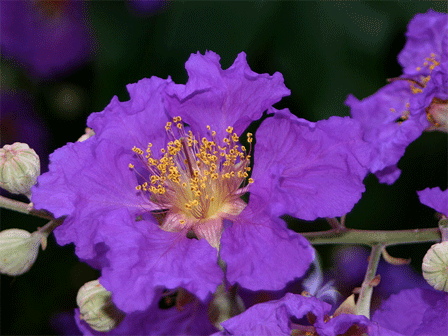
These trees have simple, opposite foliage.
